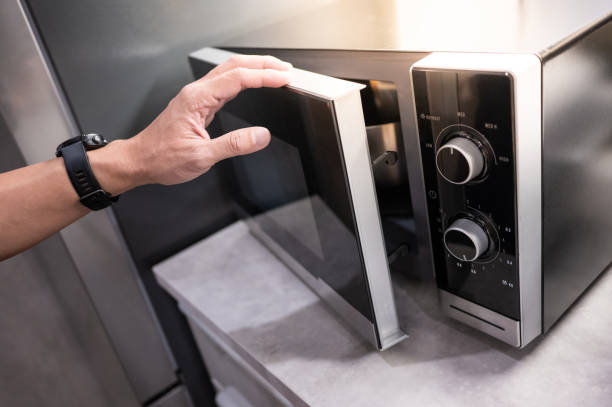
Why You Should Say No To Double Dipping When Waxing
The Dangers of Double Dipping: Why You Should Say No When Waxing
Waxing is a popular hair removal method that offers long-lasting results, but it's important to be aware of certain practices that can compromise the safety and effectiveness of the treatment. One such practice is double dipping, which involves dipping the waxing applicator back into the wax pot after it has already been used on a client's skin. In this comprehensive guide, we'll explore the dangers of double dipping and why it's crucial to say no to this practice when getting waxed.
Understanding Double Dipping
Double dipping occurs when a waxing professional dips the used applicator back into the communal wax pot after it has been in contact with a client's skin. This can happen if the wax is applied unevenly or if the professional needs to reapply more wax to a specific area.
While it may seem like a harmless practice, double dipping can have serious consequences for both the client and the waxing professional.
The Dangers of Double Dipping
Double dipping can lead to several health risks, including:
1. Cross-Contamination
When the used applicator is dipped back into the wax pot, it can introduce bacteria, viruses, and other contaminants into the communal wax. This can then be transferred to the next client, putting their health at risk.

2. Skin Infections
Double dipping can lead to skin infections, such as folliculitis, which is an inflammation of the hair follicles. This can cause painful bumps, redness, and swelling in the waxed area.
3. Spread of Viral Infections
Double dipping can also lead to the spread of viral infections, such as herpes simplex virus (HSV) and human papillomavirus (HPV). These viruses can be transmitted through contact with contaminated wax or applicators.
Preventing Double Dipping
To prevent double dipping and ensure a safe and hygienic waxing experience, it's important to choose a reputable waxing salon that follows proper sanitation protocols. Here are some things to look for:
- The waxing professional should use a clean, unused applicator for each section of the body and discard it after use.
- The wax pot should be covered when not in use to prevent contamination.
- The waxing professional should wear gloves and change them between clients.
- The salon should use disposable paper or cloth strips that are discarded after each use.
- The salon should have a visible sanitation policy that outlines their cleaning and disinfection procedures.

What to Do If You Suspect Double Dipping
If you suspect that double dipping has occurred during your waxing appointment, it's important to speak up and address your concerns with the waxing professional or salon manager. Here's what you can do:
- Politely ask the waxing professional if they are using a clean applicator for each section of the body.
- If you notice the professional dipping the used applicator back into the wax pot, kindly ask them to stop and use a clean applicator.
- If you are not satisfied with the salon's response or feel that your health is at risk, consider finding a different waxing salon that prioritizes hygiene and safety.
Conclusion
Double dipping is a dangerous practice that can compromise the safety and effectiveness of waxing treatments. By choosing a reputable waxing salon that follows proper sanitation protocols and speaking up if you suspect double dipping, you can help prevent the spread of infections and ensure a safe and comfortable waxing experience.
Remember, your health and safety should always be the top priority when getting waxed. Don't be afraid to ask questions, voice your concerns, and insist on proper hygiene practices. With a little due diligence and a commitment to safety, you can enjoy the benefits of smooth, hair-free skin without putting your health at risk.
In conclusion, double dipping is a practice that should be avoided at all costs when getting waxed. By understanding the dangers of cross-contamination and skin infections, and by choosing a reputable waxing salon that prioritizes hygiene and safety, you can help ensure a safe and effective waxing experience every time.







